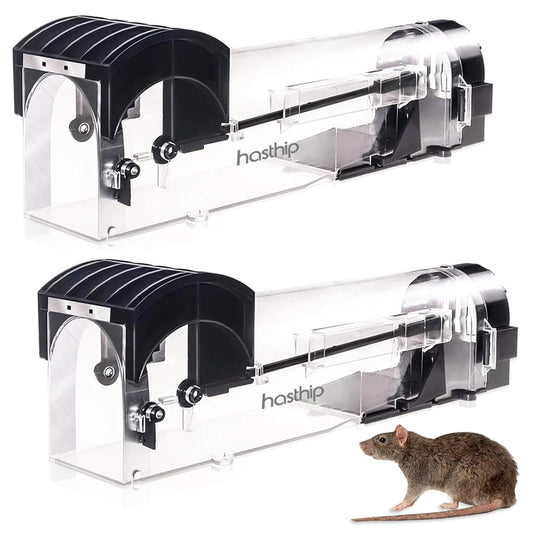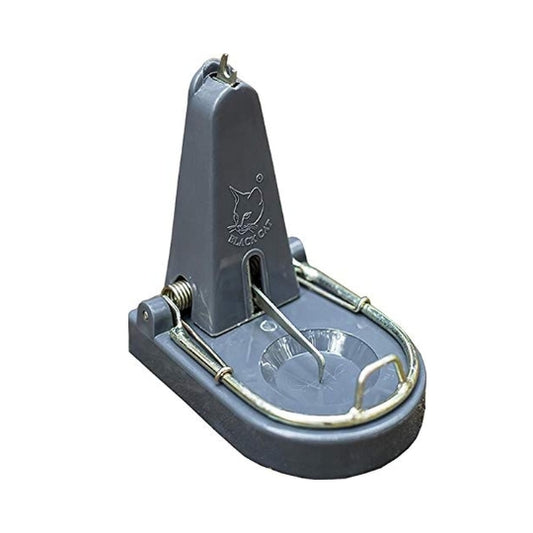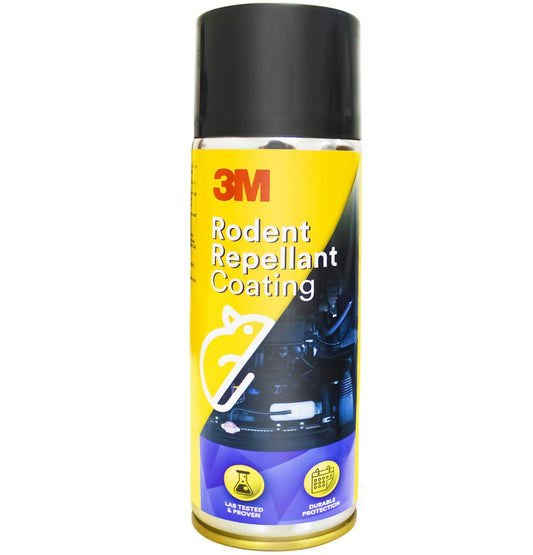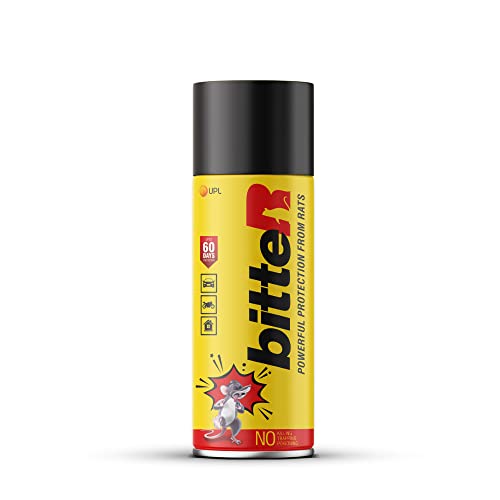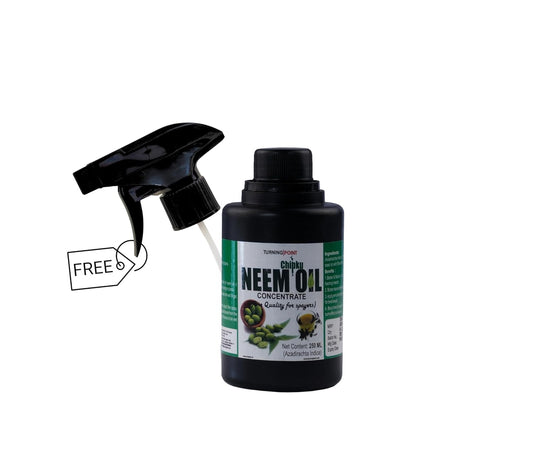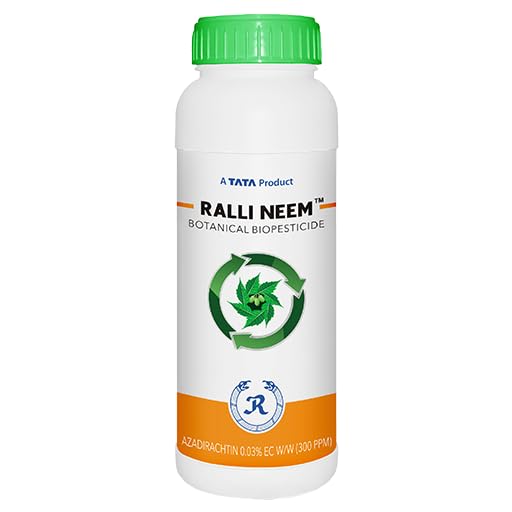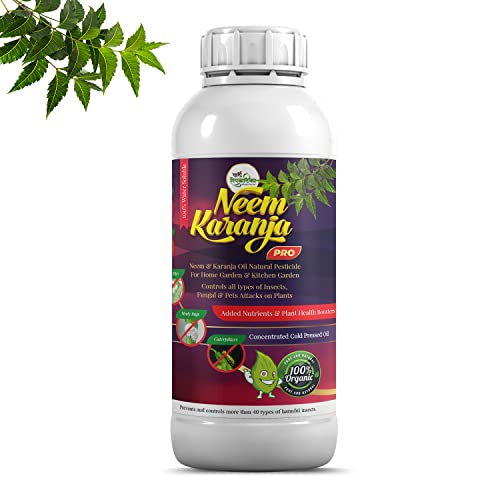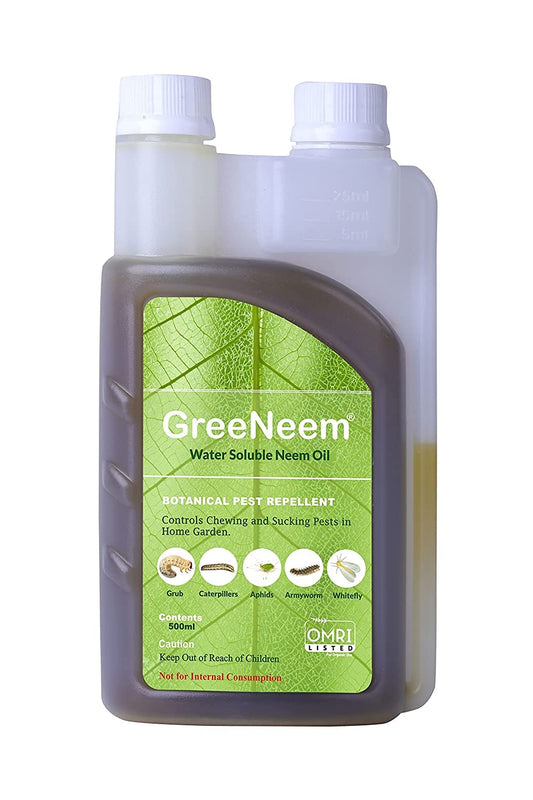The Long and Fascinating History of Trichoderma
Share
Historical Developments
The use of Trichoderma as a biofungicide has a long history, dating back to the early 1900s. In 1911, Japanese scientists first reported that Trichoderma harzianum could be used to control root rot in rice. In the 1940s, Russian scientists began to study the use of Trichoderma to control other plant diseases, such as wilt and damping-off.
In the 1970s, there was a renewed interest in the use of Trichoderma as a biofungicide, due to the increasing awareness of the environmental and health risks associated with synthetic fungicides. Since then, there has been a significant amount of research on Trichoderma, and it is now one of the most widely used biofungicides in the world.
How it Works
Trichoderma has a number of mechanisms that allow it to control phytopathogenic fungi. These mechanisms include:
- Antibiosis: Trichoderma produces a variety of compounds that can inhibit the growth of other fungi. These compounds include antibiotics, enzymes, and volatile organic compounds.
- Mycoparasitism: Trichoderma can invade and kill other fungi. It does this by secreting enzymes that dissolve the cell walls of the other fungus, and by producing toxins that kill the other fungus.
- Competition: Trichoderma can compete with other fungi for nutrients and space. This is because Trichoderma is a fast-growing fungus that is able to colonize plant roots and other surfaces quickly.
- Induced Systemic Resistance: Trichoderma can induce plant resistance to other fungi. This means that when Trichoderma is applied to plants, it can help the plants to defend themselves against other fungi that may attack them.
Decomposer and Plant Growth Promoter
In addition to its biofungicidal properties, Trichoderma is also a decomposer and plant growth promoter. As a decomposer, Trichoderma breaks down organic matter in the soil, releasing nutrients that can be used by plants. As a plant growth promoter, Trichoderma can help to improve plant growth by increasing the plant's ability to absorb nutrients and water, and by stimulating the production of plant hormones.
Manufacturing in Bulk
Trichoderma can be manufactured in bulk by a variety of methods. One common method is to grow Trichoderma on a substrate, such as grain or sawdust. The Trichoderma is then harvested and dried, and it can be formulated into a variety of products, such as liquid sprays, powders, and granules.
When to Use
Trichoderma can be used to control a variety of plant diseases, including root rot, wilt, damping-off, and gray mold. It can also be used to promote plant growth.
How to Use
Trichoderma is typically applied to plants as a spray or drench. It can also be applied to seeds before planting. The specific application method will vary depending on the product and the plant being treated.
Precautions
There are a few precautions that should be taken when using Trichoderma. First, it is important to use a product that is registered for use in your area. Second, it is important to follow the directions on the product label carefully. Third, it is important to avoid contact with Trichoderma products, as they can irritate the skin and eyes.
Conclusion
Trichoderma is a versatile fungus that has a number of beneficial properties. It can be used as a biofungicide, a decomposer, and a plant growth promoter. Trichoderma is a safe and effective way to control plant diseases and promote plant growth.








